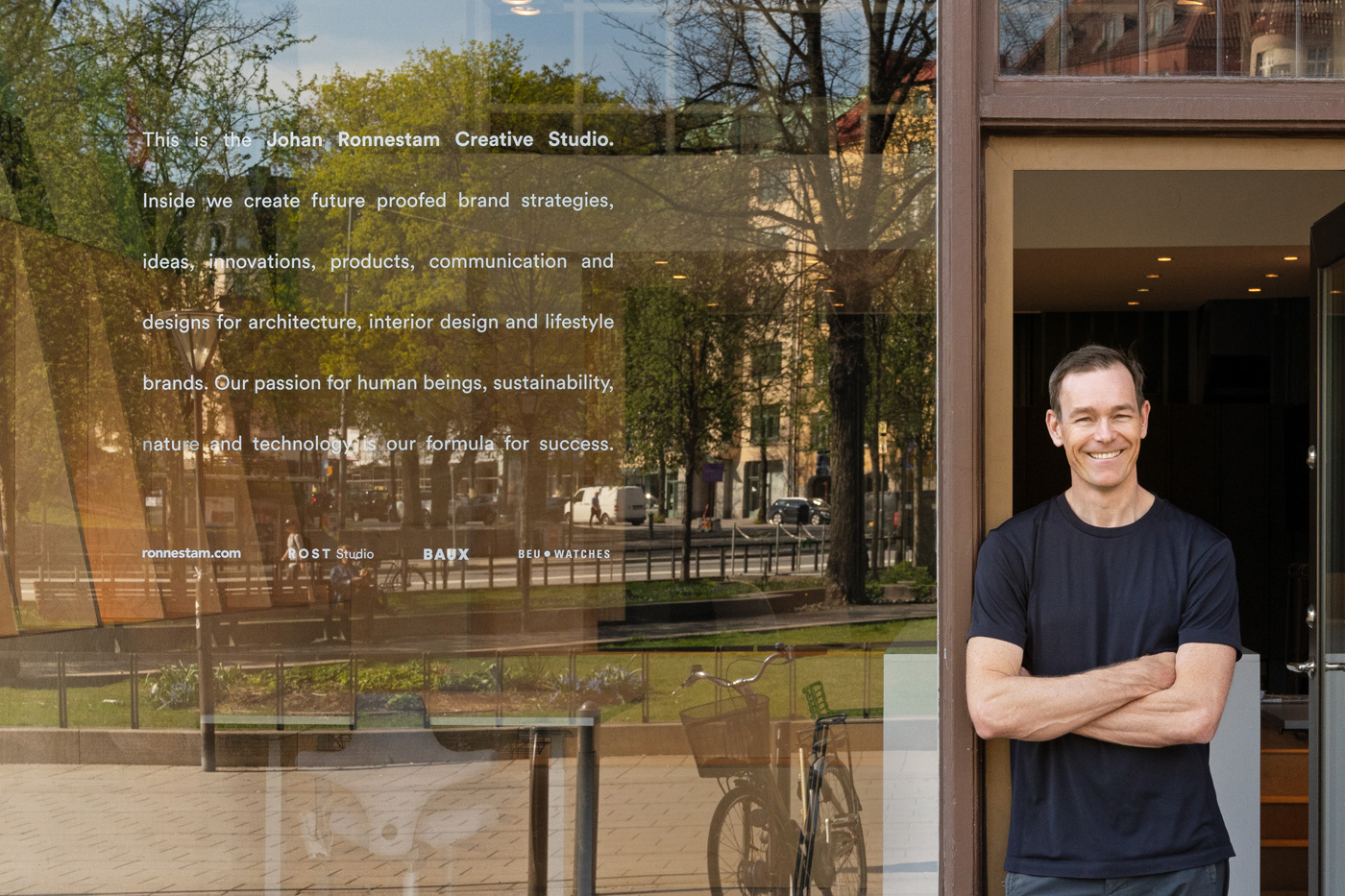In today’s competitive market, building a strong brand identity is crucial for businesses. This blog post highlights nine key components that are essential for creating a successful brand, including authenticity, sustainability, design quality, innovation, grassroots movements, differentiation, creativity, brand expression, and strategic financial management. By making sure these components are part of your branding strategy, you can create a bold and powerful brand that stands out in the market. Here we go!
- Authenticity
- Sustainability
- Design
- Innovation
- Grassroots
- Brand consistency
- Differentiation
- Creativity
- Brand and budgets
Authenticity is not optional.
Authenticity is not just an admirable trait; it is a critical component of a successful brand. I’ve written before about the 10 principles of future branding and authenticity was one of the principles. Customers today are savvy and sceptical. They demand authenticity and honesty from the brands they interact with. A genuine brand communicates a sense of transparency and honesty that resonates with customers and helps establish a strong reputation.
In today’s digital age, consumers are more empowered than ever before. They have access to information, opinions, and reviews about products and services from a vast array of sources. As a result, they are more discerning and demanding when it comes to choosing which brands to support. Customers are no longer satisfied with slick marketing messages and empty promises. They want to know that the brands they interact with are genuine, honest, and transparent.
Authenticity is not just a buzzword; it is a critical component of a successful brand. Brands that are authentic communicate a sense of trust and reliability that resonates with customers. Authentic brands don’t just talk the talk; they walk the walk. They are transparent about their values, practices, and processes. They don’t try to be something they’re not, and they don’t make promises they can’t keep.
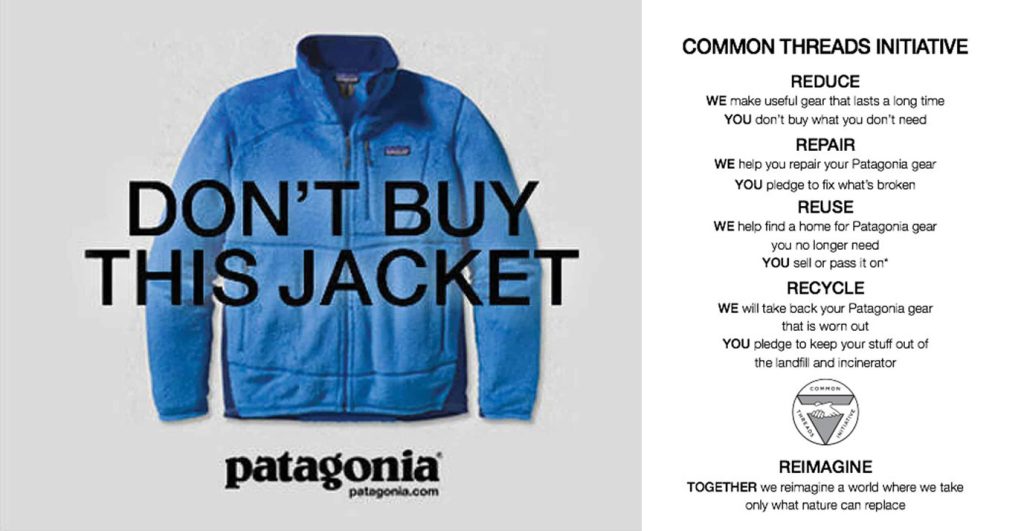
One brand that has mastered the art of authenticity is Patagonia. This outdoor clothing and gear company has built a reputation for being environmentally responsible and socially conscious. From their materials sourcing to their supply chain management, Patagonia has been committed to sustainability and transparency from the beginning. They don’t just talk about sustainability; they live it. For example, in 2011, Patagonia ran a full-page ad in The New York Times urging people not to buy their products unless they needed them, in an effort to promote sustainability and discourage unnecessary consumption.
Another brand that has embraced authenticity is Dove. This personal care brand has been committed to promoting body positivity and self-esteem since the early 2000s. They have launched numerous campaigns that challenge traditional beauty standards and celebrate diversity. In 2013, Dove’s “Real Beauty Sketches” campaign became a viral sensation, showcasing the difference between how women see themselves and how others see them.

These brands have understood that being authentic is not just about marketing. It is about living your values and being true to your mission. Authenticity is a long-term commitment that requires consistent effort and dedication. Brands that are authentic don’t just focus on short-term gains; they are in it for the long haul.
In conclusion, authenticity is a crucial component of a successful brand. It is about being transparent, honest, and true to your values. Brands that are authentic are more likely to establish a strong reputation, build a loyal following, and achieve long-term success. As consumers become more discerning and demanding, authenticity will become an even more critical aspect of branding. Brands that embrace authenticity will be the ones that thrive in the years to come.
Sustainability is future proof.
Sustainability is not just a trendy buzzword; it is a critical aspect of branding that customers care about deeply. Brands that focus on sustainability not only appeal to customers but also contribute to a better world. It’s a win-win situation.
Sustainability is no longer just an optional extra for brands; it is a necessity. Consumers are increasingly aware of the impact of their purchasing decisions on the environment and society. As a result, they are demanding that the brands they interact with demonstrate a commitment to sustainability. This means that brands that prioritize sustainability not only appeal to customers but also contribute to a better world.
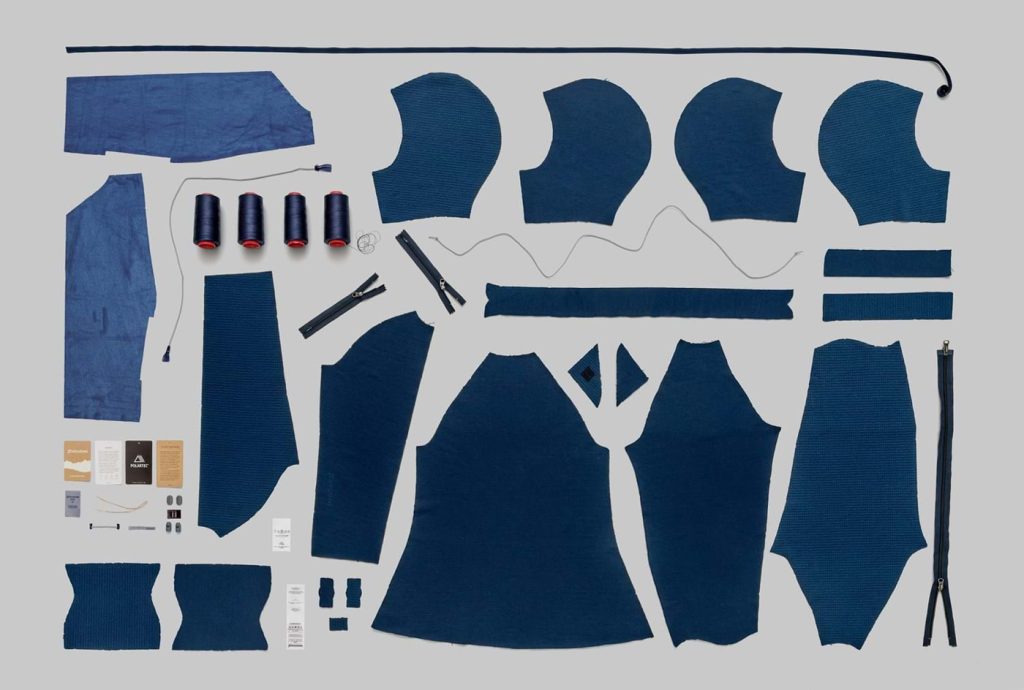
One brand that has embraced sustainability is Houdini, a Swedish outdoor clothing company. Houdini has been committed to sustainability from the beginning, with a focus on creating high-quality, long-lasting products that are environmentally responsible. They have implemented a closed-loop system that enables them to recycle and reuse materials, reducing waste and minimizing their environmental impact. Houdini has also been a pioneer in sustainable fashion, developing innovative materials like “Tree Merino” and “Biofleece” that are made from renewable resources. Another example of their commitment to sustainability is their Mono Air project – To enable change in their industry, Houdini share all their design work behind the Mono Air Houdi and the circular principles that Houdini is built upon. True commitment to sustainability!
Brands that prioritize sustainability not only contribute to a better world but also reap significant benefits for their business. By reducing waste, conserving resources, and embracing renewable energy, these brands can reduce costs and increase efficiency. Sustainability can also help brands differentiate themselves from their competitors and build a loyal following of customers who share their values.
In conclusion, sustainability is no longer a trendy buzzword; it is a critical aspect of branding. Brands that prioritize sustainability not only appeal to customers but also contribute to a better world. By reducing waste, conserving resources, and embracing renewable energy, these brands can build a more sustainable and successful future. Brands like Houdini have shown that sustainability can be both stylish and practical, and that the benefits of sustainability extend far beyond the environment.
Design quality is all!
Your brand’s design quality is the first thing customers notice, and it plays a critical role in shaping their perception of your brand. Focusing on quality design helps build a strong brand image and enhances the overall customer experience.
Design quality is not just about aesthetics; it is a critical component of branding that plays a crucial role in shaping customers’ perception of your brand. High-quality design helps build a strong brand image and enhances the overall customer experience. Brands that prioritize design quality are more likely to create products that are not only visually appealing but also functional, reliable, and easy to use.
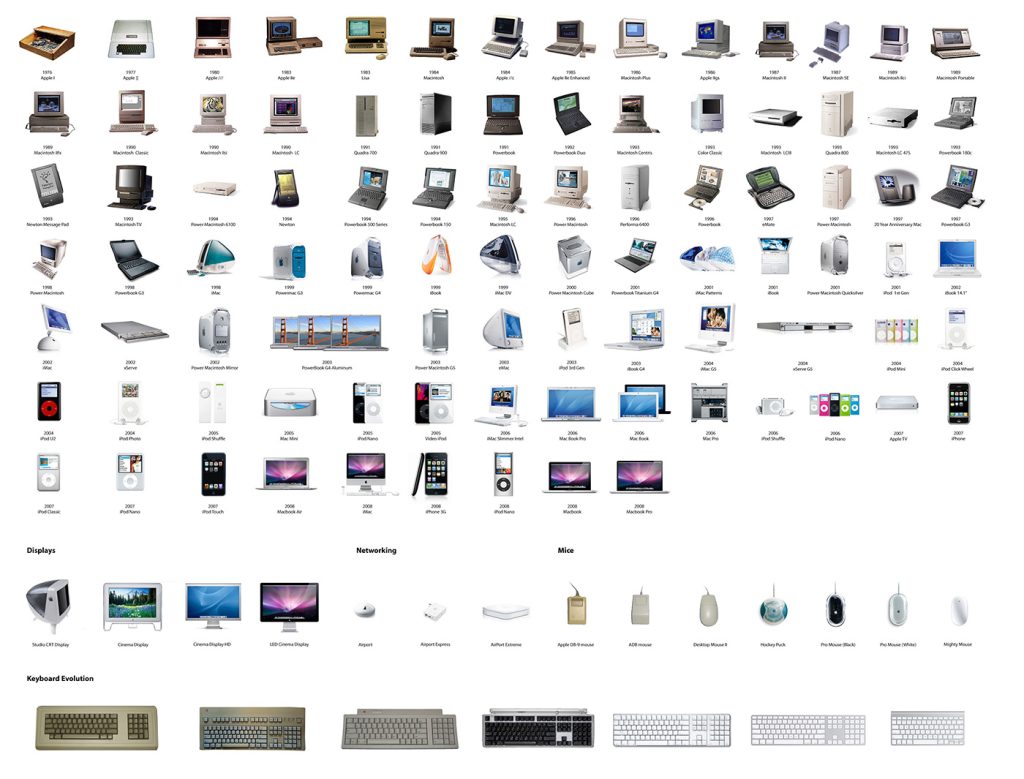
One brand that has mastered the art of design quality is Apple. Apple has built a reputation for creating beautifully designed products that are intuitive, user-friendly, and visually stunning. From the sleek lines of the iPhone to the minimalist design of the MacBook, Apple’s design philosophy is focused on simplicity, elegance, and functionality.
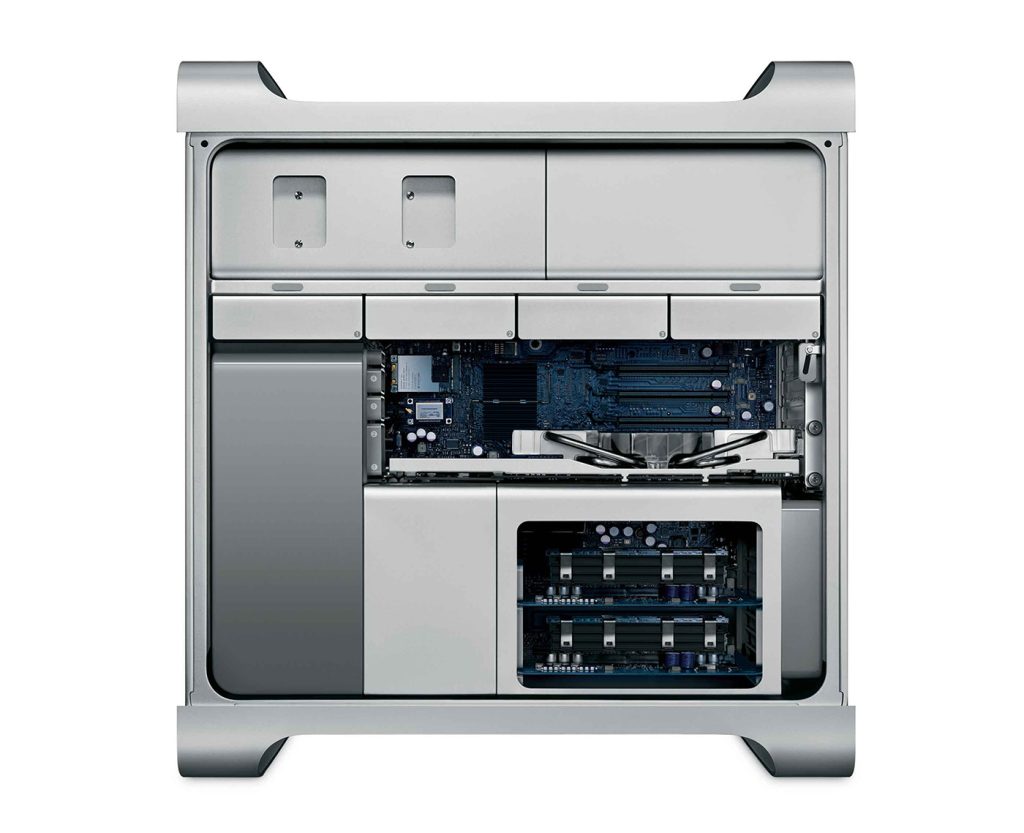
This design approach has not only helped Apple create a loyal following of customers but also enabled them to command a premium price for their products.
Another brand that has embraced design quality is Dyson. Dyson has built a reputation for creating innovative and high-quality products that are both stylish and functional. From their sleek vacuum cleaners to their futuristic air purifiers, Dyson’s products are designed to stand out and enhance the customer experience. Dyson’s design philosophy is focused on solving problems, creating innovative solutions, and challenging conventional design.

These brands have shown that design quality is not just about aesthetics; it is about creating products that are functional, reliable, and easy to use. Brands that prioritize design quality are more likely to create products that stand the test of time, create customer loyalty, and drive growth and profitability.
In conclusion, design quality is a critical component of branding that plays a crucial role in shaping customers’ perception of your brand. Brands that prioritize design quality are more likely to create products that are not only visually appealing but also functional, reliable, and easy to use. Brands like Apple and Dyson have shown that design quality is not just about aesthetics; it is about creating innovative and high-quality products that enhance the customer experience and drive long-term success.
Continuous innovation in your DNA!
Innovation is not just a buzzword; it is a mindset. It is the process of creating new and unique products, services, or processes that differentiate your brand from your competitors. Brands that focus on innovation can create a competitive advantage that drives growth and success.
Continuous innovation is vital in today’s fast-paced market. Brands that embrace innovation stay relevant and can maintain a competitive edge over their rivals. It is essential to be agile and adaptable to changing market conditions.
Innovation is the lifeblood of success in today’s fast-paced and ever-changing market. Companies that continuously innovate and adapt to new technologies, business models, and consumer preferences are the ones that will thrive in the long run. In contrast, companies that fail to innovate risk becoming irrelevant and losing market share to competitors.
Innovation is more than just creating new products and services. It’s about solving problems in creative and unique ways, improving existing products and services, and finding new opportunities for growth. Innovation can take many forms, from adopting new technologies to improving internal processes to experimenting with new business models.
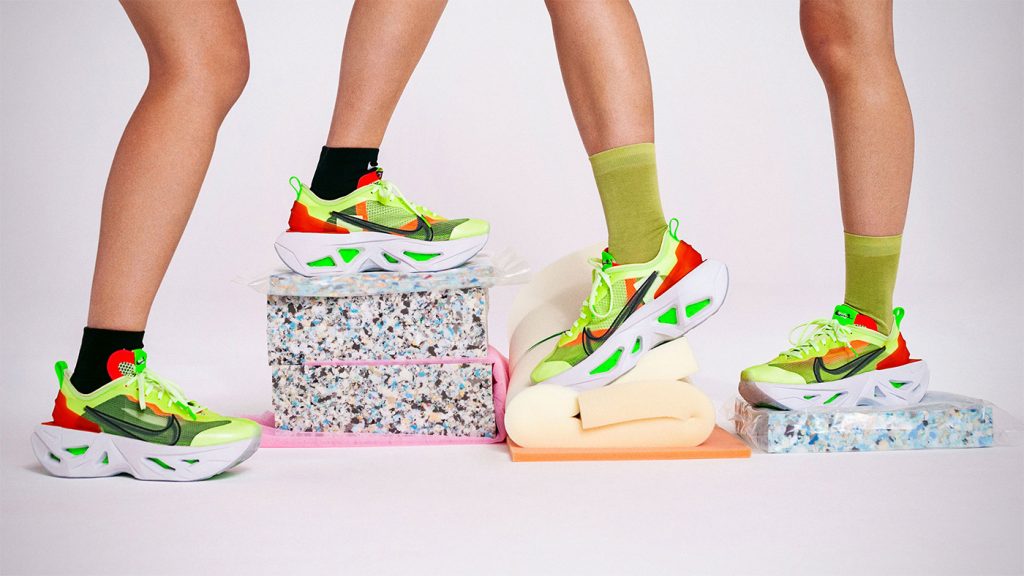
For instance, Nike has been a leader in innovation in the sports industry, with a focus on creating products that enhance athletic performance and promote sustainability. One example of their innovative approach is their “Nike Grind” initiative. This program involves recycling materials from old athletic shoes and using them to create new products, such as running tracks, playgrounds, and basketball courts. This initiative not only promotes sustainability but also creates a unique and innovative way of reusing materials that would otherwise go to waste.

Another example is BAUX, which was actually founded by my initiative. BAUX is recognized for our commitment to sustainability. Our products are made from renewable materials and are designed to be easily recyclable. This has helped us become a leader in the sustainable building materials industry. Throughout the years, innovation has been at the heart of our business. For example, our product BAUX Acoustic Pulp, one of the world’s most sustainable acoustic panels, took us almost 3 years of innovation work to get it to market.
Innovation can also help companies differentiate themselves from competitors and create a competitive advantage. Brands that prioritize innovation can create products that stand out in the market, attract new customers, and create customer loyalty. They can also improve operational efficiency, reduce costs, and increase profitability.
However, innovation can also be challenging, particularly for established companies that have a history of success. Such companies may be resistant to change or hesitant to take risks that could jeopardize their current position in the market. Therefore, it’s important to create a culture of innovation within the company, encourage experimentation, and foster an entrepreneurial mindset.
In conclusion, innovation is essential for companies that want to stay relevant and thrive in today’s fast-paced and competitive market. By embracing innovation, companies can create unique and valuable products and services, improve operational efficiency, and differentiate themselves from competitors. With the right mindset, approach, and investment, companies can become innovation leaders in their respective industries and drive long-term growth and success.
Grassroots movement. The way to connect.
Building a grassroots movement is a powerful way to connect with customers on a personal level. Brands that prioritize grassroots movements can create a loyal following that supports the brand’s values and mission. It’s about building a community that shares your brand’s vision and passion.
Grassroots movements are a powerful way for brands to connect with customers on a personal level and build a sense of community. Brands that prioritize grassroots movements can tap into the passions and values of their customers, building a loyal following that supports the brand’s mission.
By building a grassroots movement, brands can differentiate themselves from their competitors and build a unique brand identity. It allows brands to connect with customers on an emotional level, creating a sense of belonging and shared purpose. This emotional connection can help build long-term customer loyalty and lead to a positive impact on the brand’s reputation.
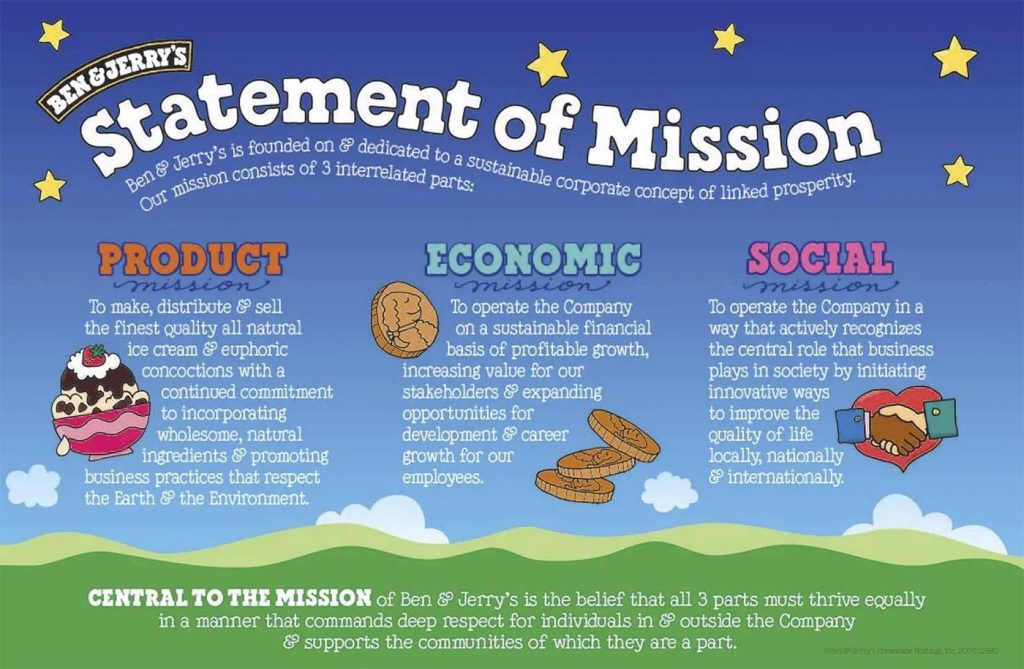
One example of a brand that has successfully built a grassroots movement is Ben & Jerry’s. Ben & Jerry’s has built a reputation for being a socially conscious brand that advocates for social justice and environmental sustainability. They have built a community of like-minded individuals who share their passion for these causes. Ben & Jerry’s “Save Our Swirled” campaign is an example of their commitment to grassroots movements. The campaign encouraged customers to take action on climate change by signing a petition, sharing the message on social media, or participating in a rally.

Building a grassroots movement requires a genuine passion for the cause and a long-term commitment to engaging with customers on a personal level. Brands that prioritize grassroots movements must be authentic and transparent in their efforts and must genuinely care about the values and passions of their customers. It’s not just about promoting a product or service, but about building a community that shares the brand’s vision and mission.
In conclusion, grassroots movements are a powerful way for brands to connect with customers and build a loyal following that supports the brand’s mission. By tapping into the passions and values of their customers, brands can differentiate themselves from their competitors, build a unique brand identity, and create an emotional connection with customers. Brands like Ben & Jerry’s have shown that building a grassroots movement requires a genuine passion for the cause and a long-term commitment to engaging with customers on a personal level.
Control your brand expression with an iron fist.
Controlling brand expression is not just a nice-to-have; it is essential. A strong brand requires a strategic approach to communication that reflects the brand’s values and resonates with customers. It’s about being intentional, consistent, and clear in your messaging.
Controlling brand expression is crucial for building a strong and recognizable brand. A well-crafted brand expression strategy reflects the brand’s values, mission, and vision while being consistent, intentional, and clear in its messaging.

Porsche is an example of a brand that has successfully controlled its brand expression. Porsche has established a unique brand identity by focusing on performance, luxury, and timeless design. Their iconic logo, consistent use of color, and sleek product design are all part of their brand expression strategy that resonates with customers who appreciate quality and innovation. Porsche’s success in controlling its brand expression can be attributed to its long-term view of its brand. The brand has taken a slow and meticulous approach to caring for its design assets and building its brand over time. The Porsche 911 model is a perfect example of this approach.

The 911 has been in production for over five decades and has undergone numerous design changes, but Porsche has always remained true to its core identity as a high-performance sports car. The brand has carefully nurtured its design assets, such as its iconic logo and product design, to ensure that they remain consistent over time, contributing to the brand’s overall identity.
Porsche’s long-term view of its brand expression strategy has helped the brand establish a strong and recognizable brand identity that resonates with customers worldwide. By focusing on performance, luxury, and timeless design, Porsche has differentiated itself from competitors and built a loyal following of customers who appreciate the brand’s values and unique identity.
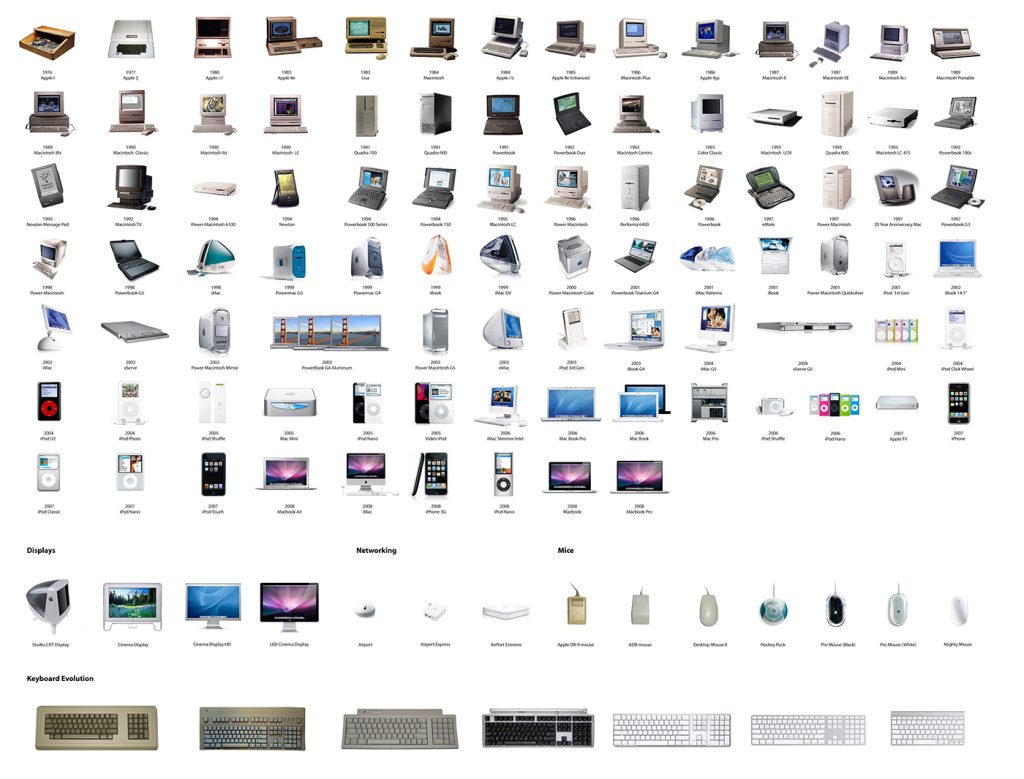
As we’ve already written about above, Apple is another brand that has successfully controlled its brand expression for many years. Apple’s minimalist design, consistent use of white space, and clean typography are all part of their brand expression strategy that reflects the company’s values of simplicity, innovation, and user experience. The brand’s marketing campaigns, product packaging, and retail experience all contribute to Apple’s distinct brand identity.
However, controlling brand expression requires a strategic approach that reflects the brand’s values, mission, and vision. Brands must be intentional and consistent in their messaging to ensure that their brand expression strategy reflects the brand’s identity and resonates with their target audience.
In conclusion, controlling brand expression is a critical aspect of building a strong brand that resonates with customers. Brands that successfully control their brand expression can differentiate themselves from competitors and establish a unique brand identity that reflects the brand’s values and resonates with customers. Brands like Porsche and Apple have shown that a well-crafted brand expression strategy can help build a distinct brand identity that reflects the brand’s values and resonates with customers worldwide.
Differentiation is key.
Differentiation is not just a strategy; it is a necessity. Brands that can differentiate themselves from their competitors can create a unique identity that resonates with customers and helps establish a loyal following. It’s about standing out, being unique, and providing something that no one else can.
Differentiation is a crucial aspect of branding that sets a brand apart from its competitors. It is the process of creating a unique identity that resonates with customers and establishes a loyal following. Brands that can differentiate themselves effectively can establish a competitive edge in their industry and build a strong reputation.
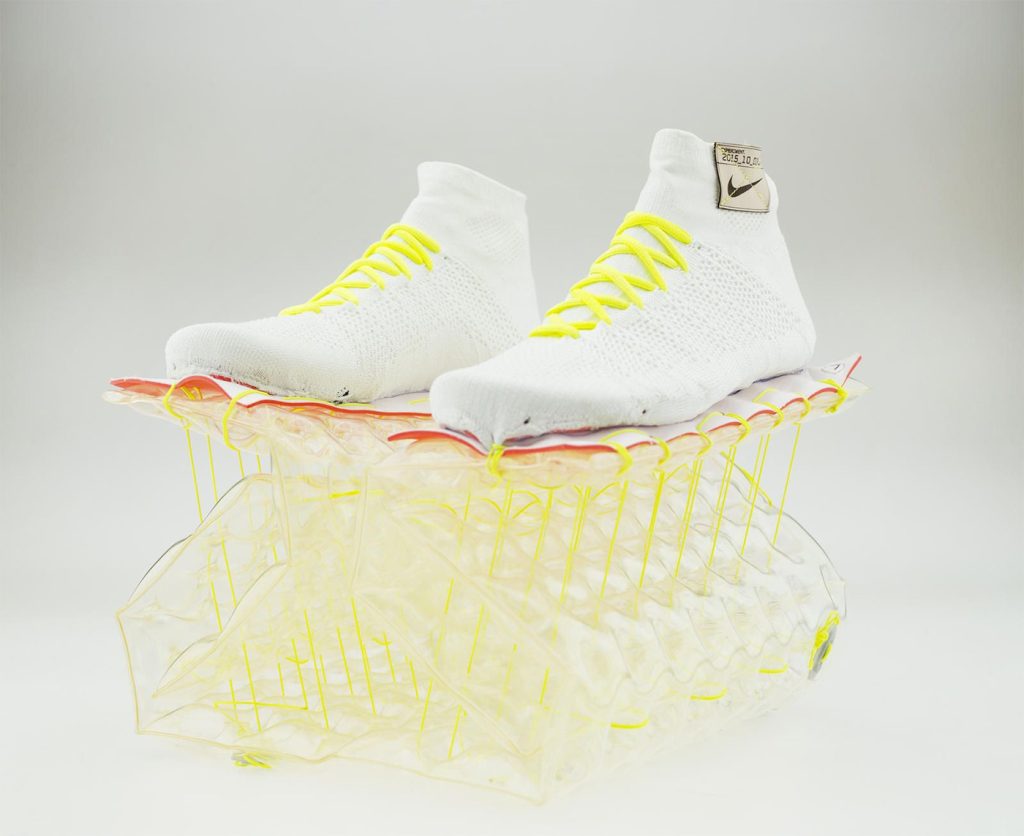
Differentiation in branding can be achieved through several means, including design, tonality, and creative messaging. Design plays a significant role in differentiation, as it is the first thing customers notice about a brand. Brands that can create a unique and memorable visual identity through their logo, packaging, and overall design language can establish a strong brand image that resonates with customers.
Tonality is another important aspect of differentiation. Brands that can create a unique voice and tone that reflects their values and mission can establish a distinct brand personality that sets them apart from competitors. This can be achieved through creative messaging that resonates with customers and communicates the brand’s values in a memorable way.
Differentiation can also be achieved by doing the opposite of what is expected. Brands that can disrupt the traditional way of doing things and provide a new, innovative solution to a problem can establish a unique identity that resonates with customers. This can be achieved through creative marketing campaigns and unique approaches to customer service that set the brand apart from competitors.
In conclusion, differentiation is a crucial aspect of branding that can set a brand apart from its competitors and establish a strong reputation. Brands can achieve differentiation through design, tonality, and creative messaging that reflects their values and mission. By taking a unique and innovative approach to branding, brands can establish a competitive edge in their industry and build a loyal following of customers who appreciate the brand’s identity and mission.
Creativity. Here 10 things to consider.
Creativity is not just an optional extra; it is a must-have. A creative approach to branding can help brands stand out and capture customers’ attention. It’s about thinking outside the box, taking risks, and pushing boundaries.

Creating a creative workspace and workforce is crucial for fostering a culture of innovation and creativity. Here are ten things to consider when building a creative environment:
- Encourage collaboration: Encourage employees to work together and share ideas. Collaboration can help spark creativity and generate new solutions to problems.
- Provide a comfortable workspace: Provide a comfortable workspace with plenty of natural light and ergonomic furniture. A comfortable environment can help employees stay focused and engaged.
- Offer flexible work arrangements: Offer flexible work arrangements, such as remote work or flexible hours. This can help employees work in a way that suits their individual needs and promotes productivity.
- Invest in technology: Invest in technology that can help employees work more efficiently and creatively. The right technology can help employees work smarter, not harder.
- Encourage continuous learning: Encourage employees to continue learning and developing new skills. Learning can help employees stay engaged and motivated.
- Celebrate success: Celebrate success and acknowledge employees’ achievements. This can help foster a positive and motivated workforce.
- Allow for experimentation: Allow employees to experiment and take risks. This can help generate new ideas and push boundaries.
- Provide constructive feedback: Provide constructive feedback to employees. Feedback can help employees grow and develop their skills.
- Foster a culture of openness: Foster a culture of openness and transparency. This can help employees feel comfortable sharing their ideas and collaborating with others.
- Encourage a healthy work-life balance: Encourage employees to maintain a healthy work-life balance. This can help reduce stress and promote creativity and productivity.
In conclusion, creating a creative workspace and workforce is crucial for fostering a culture of innovation and creativity. By providing a comfortable workspace, investing in technology, and encouraging collaboration, continuous learning, experimentation, and a culture of openness, brands can promote creativity and establish a competitive edge in their industry.
Put your money where your mouth is.
Branding is not just an expense; it is an investment. A sound financial strategy is crucial in branding, as it helps brands allocate resources effectively and achieve their branding objectives. It’s about being smart, strategic, and focused on the long-term vision.
While tactical digital and traditional advertising can help brands reach their immediate goals, it’s important to remember that branding is a long-term investment. Establishing a strong brand identity takes time and consistent effort, and requires a financial strategy that focuses on building the brand’s reputation over time.
Investing in branding involves more than just a marketing budget; it requires a long-term financial plan that allocates resources effectively to achieve the brand’s objectives. A sound financial strategy can help brands establish a competitive edge, differentiate themselves from competitors, and build a loyal following of customers.
Brands that invest in branding can reap several benefits, including increased brand awareness, improved reputation, and a stronger bottom line. By focusing on building a strong brand identity, brands can establish a unique position in their industry, attract new customers, and retain existing ones.
So, what did we learn?
In conclusion, branding is not just an expense; it is an investment in a brand’s long-term success. While tactical digital and traditional advertising are important for reaching short-term goals, investing in branding can help establish a strong brand identity that sets a brand apart from its competitors and resonates with customers on a personal level. By developing a sound financial strategy that focuses on building the brand’s reputation over time, brands can establish a competitive edge, differentiate themselves, and build a loyal following of customers that can contribute to the brand’s bottom line.
Visit Ronnestam Creative Studio to learn how we can help you develop your brand strategy, tonality and design.
